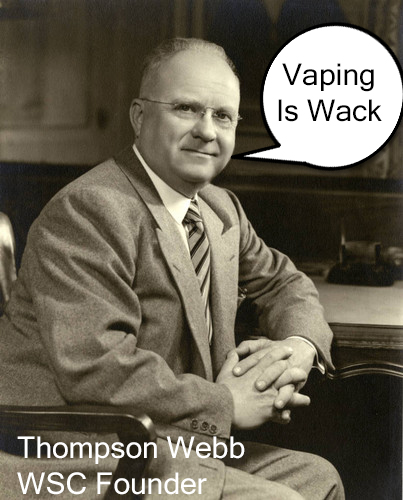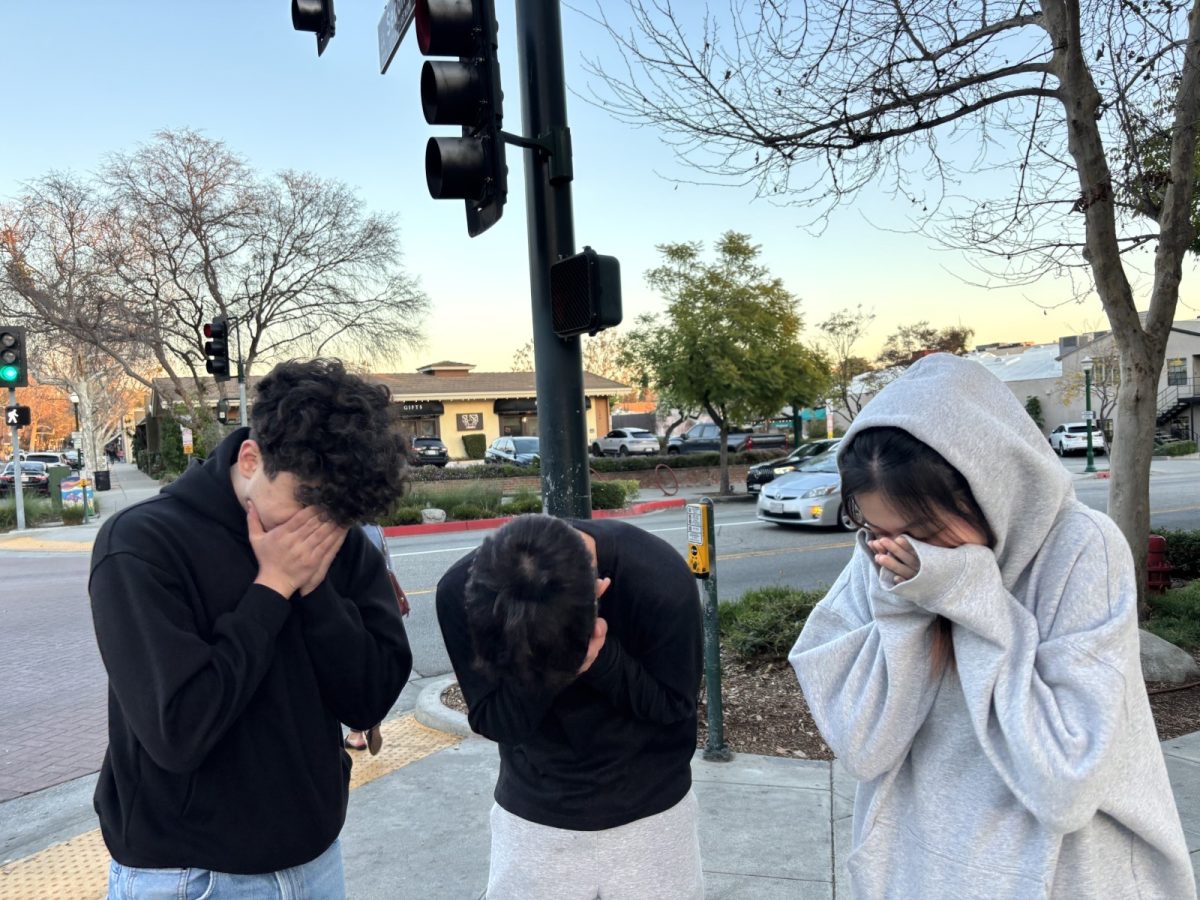With its popularity spike in 2014, vaping has only increased in prevalence. Not only is it considered a healthier alternative to smoking, but it is now seeming to replace smoking altogether. Instead of hanging out to smoke cigarettes outside after school, students are now opting to gather and vape together.
As a replacement for cigarettes for nicotine use, many believe the act is risk-free since there are no confirmed reports of vaping affecting one’s health. New reports, however, may change our minds on what we think.
Nicotine use, no matter the form or how little the intake, will always be detrimental to one’s health. In addition to its addictive nature, it can harm the respiratory system, the kidneys, and the reproductive system. But at least the vapor is not as bad as smoking cigarettes, right?
According to a 2015 study conducted by independent researchers, using e-vaporizers and e-cigarettes is supposedly 95% less harmful than smoking tobacco cigarettes. New studies, however, have shown vaping to be linked to pneumonia, as it creates a thick, mucus-like substance that coats your lungs and throat. In addition, vaping has been shown to increase the risk of heart disease, as prolonged exposure to vapor stiffens the heart and makes it less effective.
To help enhance the flavoring in e-liquids used in vaping, some companies choose to add the ingredient diacetyl, the same ingredient used to flavor microwaveable popcorn. It is safe to use in popcorn since it is edible, although long exposure and inhalation can cause obliterative bronchiolitis. So far, how diacetyl affects the lungs in e-juice is unknown, though it is suggested that it would have similar results to being inhaled.
Daniel Rios, head of WSC Health and Living, said, “This is how I understand it, cigarettes contain more chemicals, which together can cause cancer. E-cigarettes still provide nicotine with fewer or different chemicals that haven’t yet been shown to cause cancer.” He also addressed vaping on campus, telling us, “Over the course of the last two years people who’ve gotten caught or reported [abusing nicotine] use e-vaporizers more often than cigarettes.”
Smoking, in general, has been popular for years, and to explain why vaping has become so popular, Mr. Rios said, “people who want to explore smoking will tend to lean towards vaping because it’s more discreet. What ends up happening is that as it catches on suddenly you have 5 and then 10 or 11 people doing it, and then someone ends up getting caught.”
Youth vaping extends outside of the Webb community; The Food and Drug Administration (FDA) has ordered that e-cigarette companies reduce the number of younger customers. Companies such as Juul are instating new regulations that prevent younger buyers from having access to e-liquid and vaporizers, but many do not find this action substantial. Parents are calling for an outright ban on nicotine, and FDA Chief Scott Gottlieb is threatening to shut down the e-cigarette market if companies do not change their marketing strategies.
Vaping is only 15 years old now, so it is not surprising that we know so little about it. However, the evidence supporting the health risks related to vaping is already starting to stack up. Research does not look like vaping will be considered risk-free smoking alternative any longer. Although there is little knowledge of the health risks and benefits, perhaps not knowing the risks should be considered a bad thing.















